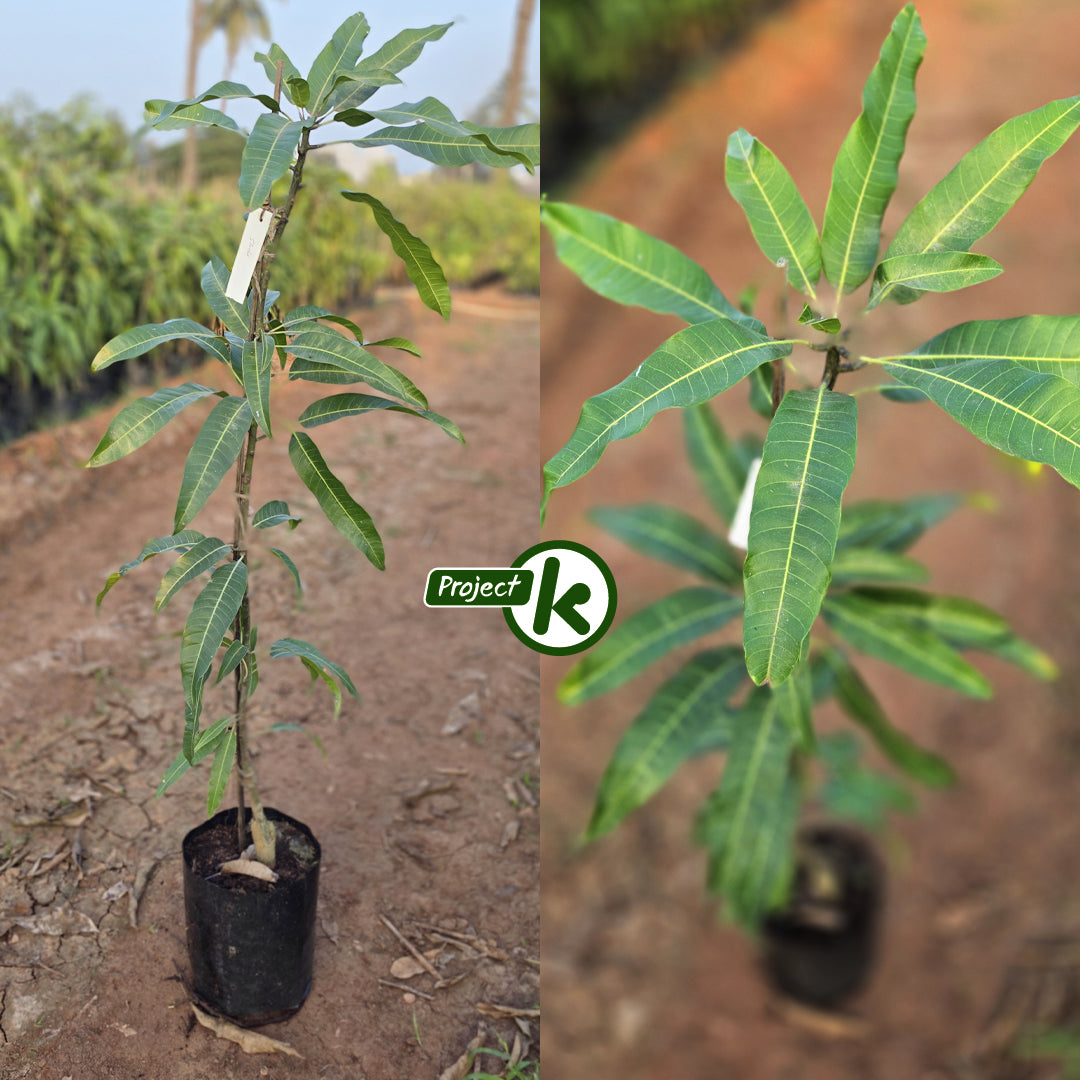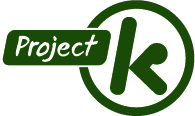1
/
of
4
Project K
Sindhu Mango
Sindhu Mango
Regular price
Rs. 1,500.00
Regular price
Sale price
Rs. 1,500.00
Unit price
/
per
Shipping calculated at checkout.
Couldn't load pickup availability
The Sindhu Mango is a relatively newer variety of mango that has gained popularity in India for its delightful sweetness and excellent taste. It's known for its smooth texture, minimal fiber, and aromatic flavor, making it a favorite among mango lovers. The Sindhu mango is typically cultivated in regions like Maharashtra and Karnataka.
Here’s a closer look at the Sindhu Mango:
1. Fruit Characteristics:
- Size and Shape: Sindhu mangoes are medium-sized, with an elongated, oval shape that is typical of many popular mango varieties.
- Skin: The skin of the Sindhu mango is typically green when unripe, turning a yellow-orange color with a slight red blush as it ripens.
- Flesh: The flesh is a deep, vibrant yellow, and it is smooth, juicy, and free of fibers. The flesh has a soft texture, which makes it very enjoyable to eat.
- Taste: The Sindhu mango is sweet with a mild tang, providing a balanced flavor that is not overly tart or overpoweringly sweet. Its aromatic fragrance adds to the overall experience, making it a very pleasant mango variety.
2. Tree Characteristics:
- Growth: The Sindhu mango tree is typically medium in size, with a well-spread canopy that allows the fruit to receive plenty of sunlight.
- Height: It usually grows up to about 12 to 20 feet (3.5 to 6 meters) in height.
- Leaf Shape: The tree has long, narrow, and dark green leaves that provide dense foliage.
- Resilience: The Sindhu mango tree is generally resistant to diseases and pests, which makes it an attractive choice for cultivation.
3. Climate and Growing Conditions:
- Climate: Like most mangoes, the Sindhu mango thrives in tropical and subtropical climates. It prefers warm, dry climates for fruiting, making it suitable for regions with hot summers.
- Soil: The Sindhu mango tree grows well in well-drained, sandy loam soil. The soil should be slightly acidic to neutral for the best growth.
- Watering: Once established, the Sindhu mango tree is relatively drought-tolerant, though it benefits from regular watering, especially during the fruiting season.
4. Harvesting and Ripening:
- Ripening: The Sindhu mango typically ripens in the summer, between April and June, although the exact timing may vary depending on the region and climate.
- Harvesting: The mango should be harvested when it is mature but still firm. It will continue ripening off the tree and will soften as it reaches its full ripeness.
- Ripeness Indicators: A fully ripe Sindhu mango will exhibit a bright yellow-orange color, with a slight red hue, and will have a fragrant, sweet aroma.
5. Uses:
- Fresh Consumption: The Sindhu mango is excellent for eating fresh due to its sweetness, minimal fiber, and smooth texture.
- Smoothies and Juices: Its juicy flesh makes it a great ingredient for smoothies and fresh juices.
- Desserts and Salsas: Sindhu mangoes are also used in desserts like mango puddings, ice creams, or salsas, where their sweetness shines through.
- Chutneys and Pickles: Mangoes of this variety are sometimes used to make flavorful chutneys and pickles, which are a popular way of preserving mangoes in India.
6. Market and Popularity:
- The Sindhu mango is relatively new compared to more traditional varieties like Alphonso or Kesar but has quickly gained a reputation for its excellent flavor and desirable characteristics.
- It is available in the domestic markets during the summer season, particularly in Maharashtra and Karnataka, where it is cultivated.
- Due to its high quality, the Sindhu mango has the potential for export, and it is gaining popularity in international markets.
The Sindhu Mango is an excellent choice for those who enjoy a smooth, juicy, and flavorful mango. Its combination of sweetness and mild tang makes it versatile for both fresh eating and various culinary uses.







